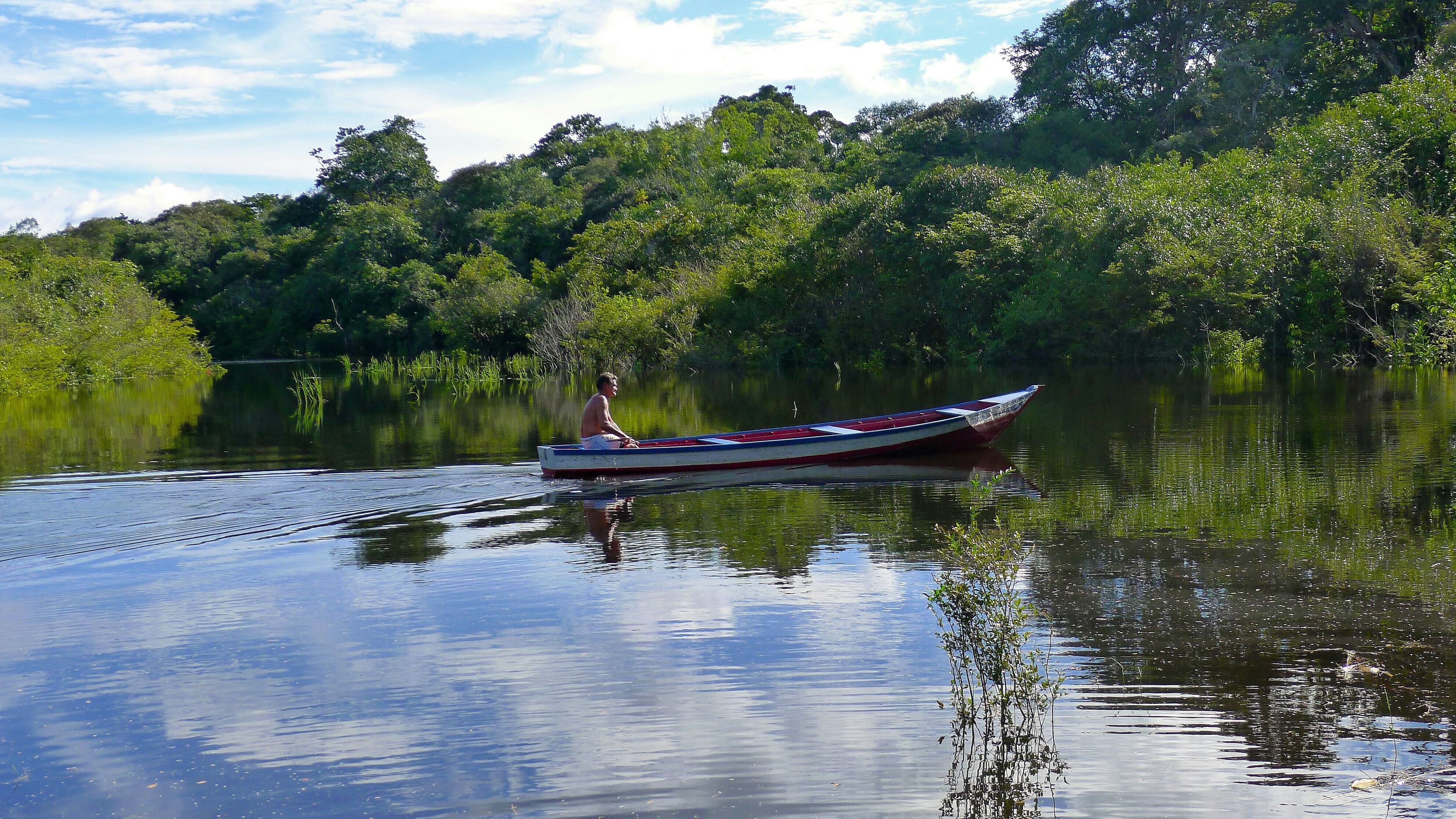This alarming chart shows the reality of global warming over 100 years

Look what happens when you get to 1997 Image: REUTERS/Pauline Askine
Data showing spikes in hot and cold temperatures since the start of the last century show how the planet is warming up.
Antti Lipponen, a researcher at the Finnish Meteorological Institute, has compiled weather statistics between 1900 and 2016 and turned them into a 35-second video.
The results back up what climate scientists have been saying for decades – the planet is warming up:
Lipponen used data from NASA to show how spikes in high temperatures have really gathered pace in the last 30 years.
While in 1980 countries experiencing high temperature anomalies were still few and far between …
By 2016, the majority of countries across the planet were experiencing average annual temperatures at least 2°C warmer than the data’s baseline average temperatures, recorded between 1951 and 1980.
Lipponen’s animation is the latest in a series of graphic illustrations showing how the planet is warming.

The US National Oceanic and Atmospheric Administration (NOAA) in August confirmed that 2016 was the hottest year globally since temperatures records began 137 years ago – and the third year in a row that the record has been broken.
Don't miss any update on this topic
Create a free account and access your personalized content collection with our latest publications and analyses.
License and Republishing
World Economic Forum articles may be republished in accordance with the Creative Commons Attribution-NonCommercial-NoDerivatives 4.0 International Public License, and in accordance with our Terms of Use.
The views expressed in this article are those of the author alone and not the World Economic Forum.
Stay up to date:
Climate Crisis
Related topics:
Forum Stories newsletter
Bringing you weekly curated insights and analysis on the global issues that matter.
More on Climate Action and Waste Reduction See all
Wee Kean Fong and Yvonne Zhou
November 19, 2025







